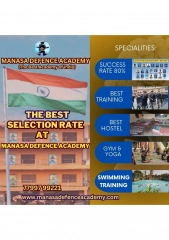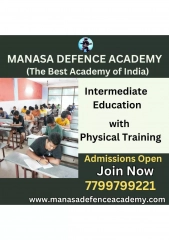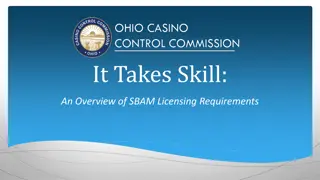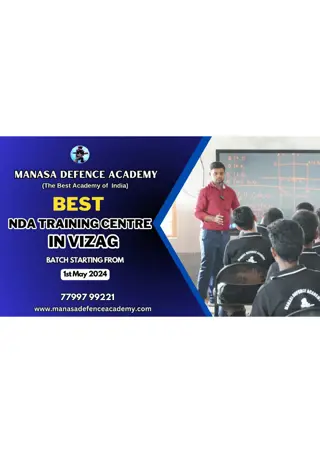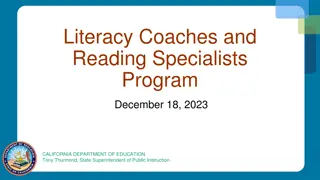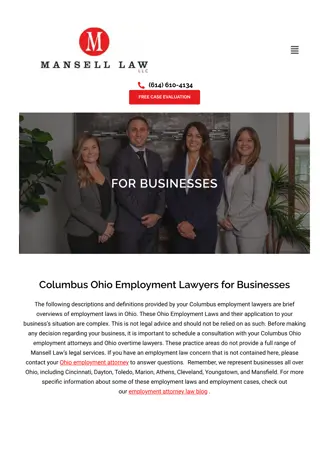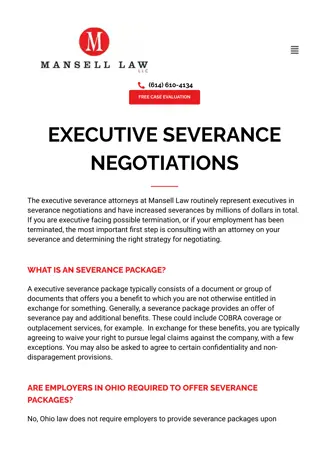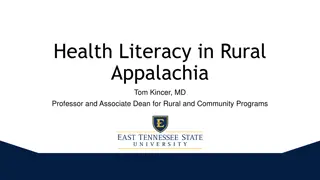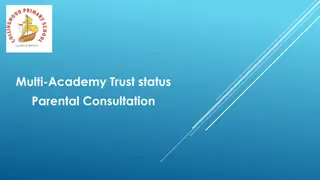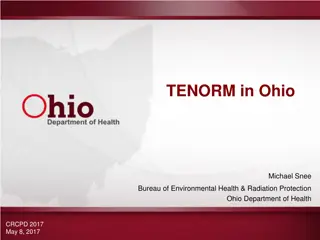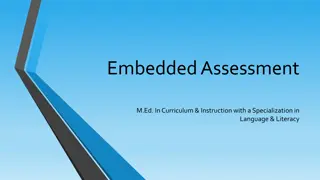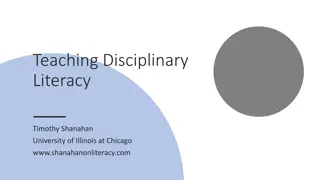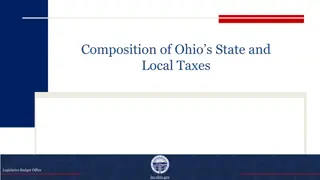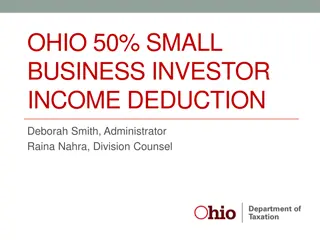
Adolescent Writing: The Writing Rope Framework for Learning
Explore the Writing Rope framework to enhance adolescent writing skills. Discover stages of the writing process, strategies to support learning, and the importance of teaching writing in all subjects.
Download Presentation

Please find below an Image/Link to download the presentation.
The content on the website is provided AS IS for your information and personal use only. It may not be sold, licensed, or shared on other websites without obtaining consent from the author. If you encounter any issues during the download, it is possible that the publisher has removed the file from their server.
You are allowed to download the files provided on this website for personal or commercial use, subject to the condition that they are used lawfully. All files are the property of their respective owners.
The content on the website is provided AS IS for your information and personal use only. It may not be sold, licensed, or shared on other websites without obtaining consent from the author.
E N D
Presentation Transcript
This presentation contains examples and resource materials that are provided for the user s convenience. The inclusion of any material is not intended to reflect its importance, nor is it intended to endorse any views expressed, or products or services. These materials may contain the views and recommendations of the presenter as well as hypertext links, contact addresses and websites to information created and maintained by other public and private organizations. The opinions expressed in any of these materials do not necessarily reflect the positions or policies of the U.S. Department of Education or Ohio Department of Education and Workforce. The U.S. Department of Education and Ohio Department of Education and Workforce do not control or guarantee the accuracy, relevance, timeliness, or completeness of any outside information included in these materials. Mentions of specific programs or products in these examples are designed to provide clearer understanding and are not meant as endorsements.
ADOLESCENT WRITING: THE WRITING ROPE FRAMEWORK Using writing to support Learning JOANSEDITA Founder, CEO, Keys to Literacy
LEARNING OBJECTIVES Become familiar with The Writing Rope framework Identify the stages of the writing process A topic or activity that is part of the OHIO SOR 6-12 Course. Learn ways to use writing to learn: quick writes, responding to narrative, note taking, summarizing, writing prompts Review factors affecting motivation & engagement
WHY FOCUS ON ADOLESCENT LITERACY? Literacy is the ultimate gatekeeper for students! Reading & Writing Speaking & Listening Tier I Content Literacy: Vocabulary, Comprehension, Writing Combined It is the foundation for learning in all subjects!
WHY TEACH WRITING IN ALL SUBJECTS? Writing leads to better learning of content. When writing precedes discussion, there is more thoughtful participation and increased diversity of student voices. Writing is a form of formative assessment. Archer, 2015
The Writing Rope The Strands That Are Woven Into Skilled Writing https://keystoliteracy.com/ free-resources/
TEACHING PRINCIPLES Explicit Instruction of Writing Strategies I, We, You Differentiated Instruction & Scaffolds Opportunities for Collaboration Mentor Text as Models for Writing Increasing Amount Students Write in All Subject
LEVELS OF INSTRUCTION Disciplinary Writing advanced writing TIER I Content Writing writing to communicate & learn Basic Writing Skills learning to write TIER II & III
Quick Writes Content Learning Formal Writing < Tenmin One or more sessions Multiple sessions Related to content Related to content Related to content Objective: process, reflect on, or assess content learning Objective: deepen understanding & reflection, assess content learning Objective: more deeply learn content, develop authentic writing skills, assess writing skills, prepare for on-demand writing No revision May be revised Informally evaluated, not graded May be informally evaluated, may be graded Revised, formally evaluated, grade Sedita, 2020
EXAMPLES OF CONTENT WRITING TASKS General Academic Summary Essay, composition Short answer test question Description, explanation Sequence, chronology, compare/contrast, cause/effect, problem/solution Authentic, Real-World Letter Article Editorial Brochure, poster Info-graphic Blog post Proposal Advertisement Book, movie review Resume, cover letter Subject Specific Science: lab report Social Studies: writing about historical events Math: describe, explain a graph ELA: literary analysis, poem Art: developing an artist s statement or analysis of an art work Sedita, 2020
STAGES OF THE WRITING PROCESS Teach and remind students to follow all stages of the writing process whenever they write. View the Guiding Questions
THANK YOU EDUCATION.OHIO.GOV The Critical Thinking Strand: Using Writing to Learn
WRITING IS THINKING! Even quick writing is powerful for processing, understanding, remembering.
Recommendation #1 Students comprehension of content area texts is improved when they write about what they read. Have students: respond to a text in writing (personal reactions, analyzing & interpreting the text) write summaries write notes about a text answer questions about a text in writing, or create and answer questions
1. QUICK WRITES Short, informal, sketching with words Frequent, easily shared, informally assessed Any point in a lesson to help remember, organize, manage information Use for formative assessment Admit, exit tickets Generate a question Notes Complete a graphic organizer List of facts, steps, ideas Write a definition Instructions, directions Short-answer questions Free-writing 1- to 2-sentence reflections
2. RESPONDING TO NARRATIVE TEXT Writing personal responses to narrative text or writing a personal experience related to it. Example: Response Journal students write their feelings, reactions, and questions during or after reading Helps students clarify and organize what they are reading and become aware of their reactions to the text
GUIDING QUESTIONS Overall Personal Response Response to Theme View the Questions Response to Characters Assign a few based on teaching goals. Response to Setting Response to Author
3. Take Notes About Reading: Two-Column Simple format Topic ___________________________ Easy to study Big ideas Supporting details Good for lectures Versatile Promotes active learning of what is read, said, done Sedita, 2015
Explain the role of human blood cells. Sedita, 2023
Tracking More Than One Source Sedita, 2023
4. Summarizing Text A shorter, condensed statement of the main ideas or events from something read, said, or done; includes only a few essential details Different from retell, paraphrase, and other writing tasks Length will vary depending on source Can be used as formative assessment An important life skill Sedita, 2015
HOW TO TEACH SUMMARIZING Teach students: What a summary is, how it is different from othe rwriting How to identify main ideas How to generate summaries from text and non-text I, We, You: model and use think aloud Provide scaffolds 23
SCAFOLD: HOW TO WRITE A SUMMARY 1. Distinguish main ideas from details. MIST 2. Write in phrase form. Main ideas listed 3. Begin with an introductory statement. 4. Turn main ideas into sentences and include a few details. Introductory sentence Sentences with main ideas 5. Combine the sentences. Transitions added 6. Incorporate transition words. 7. Proofread.
SCAFFOLD: LIST OF TRANSITIONS purpose
SCAFFOLD: SUMMARY TEMPLATE
5. Writing Prompts Grade 6: The population of the bullfrog in our state has declined since 1982. Write a short article that identifies and explains two possible reasons for this decline. Cite relevant and specific evidence from the text source. Grade 8: Based on the two articles about human sleep requirements, write a response that answers this question: What are the benefits of napping? Grade 10: Take a position in an argument piece that answers this question: Did working in the textile mills of New England improve the lives of 19th-century women, or were these workers mistreated and exploited by the factories that employed them? Use information from our textbook and the two primary sources to support your position. Sedita, 2023
ALIGNED TO STAGES OF THE WRITING PROCESS Think Analyze Notes Select Plan Write Write Edit and Revise Revise
WRITING TO LEARN: STUDENT GOALS To process and learn content To grow writing skills To learn how to integrate information from multiple, varied sources To develop strategies to prepare for writing assessments
WRITING TO LEARN SKILLS Annotating text sources Gathering information, evidence into notes Planning, organizing information Turning notes and plan into sentences, paragraphs Knowledge of text structure, text features Revising and editing skills
STUDENT MOTIVATION & ENGAGEMENT Assign writing for a real purpose and audience. Make writing relevant to students lives; incorporate current events. Teach students writing strategies so they feel competent about writing. Provide procedural scaffolds to keep students engaged. Emphasize successes at each stage of the process, rather than focusing only on the finished product. Provide opportunities for peer collaboration. Give actionable, user-friendly feedback. Create and maintain a supportive, nonthreatening classroom environment. Hidi & Boscolo, 2006; Boscolo & Gelati, 2007)
Teach multiple components All teachers can play a role Use explicit instruction, I/We/You, mentor models Avoid assumptions! https://keystoliteracy.com/ free-resources/
QUESTIONS? EDUCATION.OHIO.GOV

